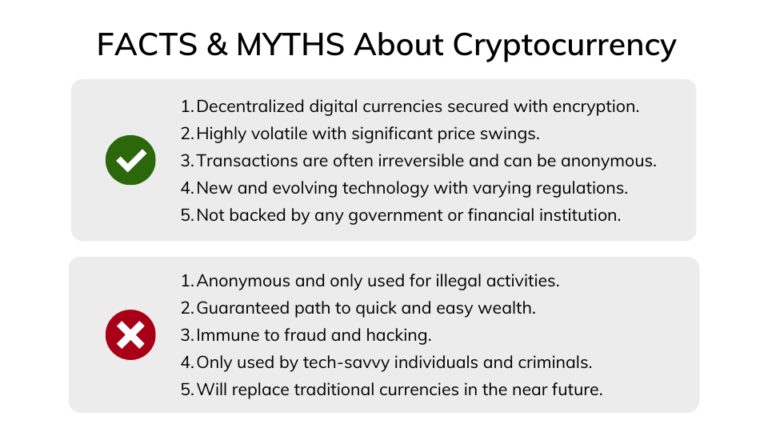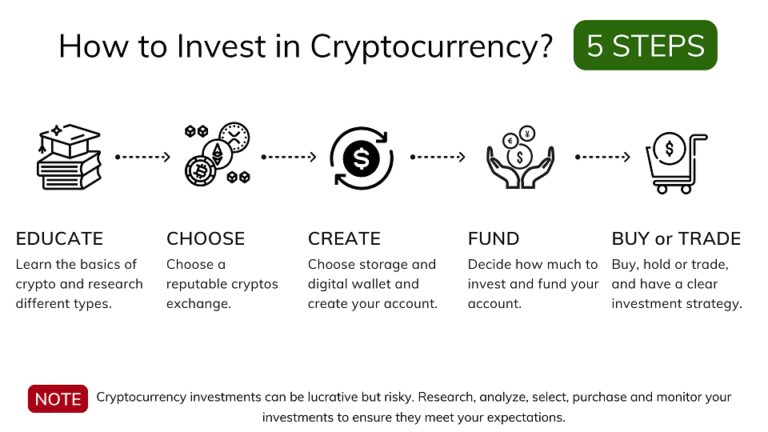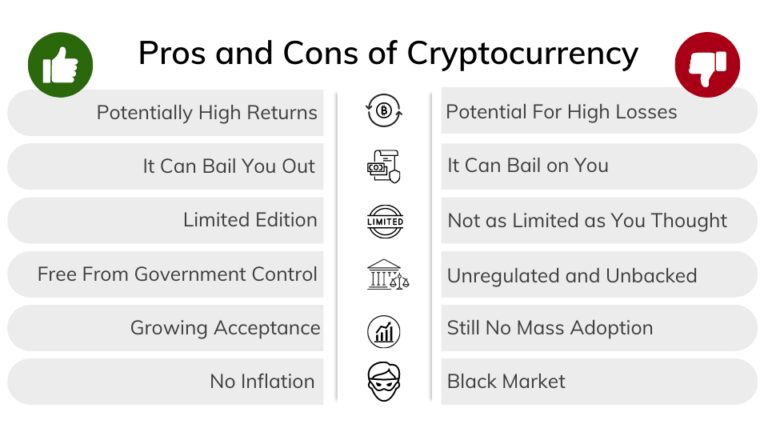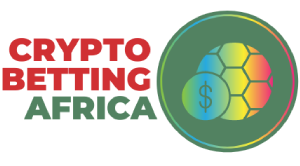Dive into the thrilling landscape of decentralized finance (DeFi) and non-fungible tokens (NFTs) in our comprehensive guide. Gain expert insights into how you can leverage these digital assets for collateral and secure your financial future in the ever-evolving blockchain ecosystem.

Decentralized Finance, commonly referred to as DeFi, is a groundbreaking development in the financial sector that leverages blockchain technology to bypass traditional intermediaries such as banks and insurance companies. Instead of relying on these centralized institutions, DeFi platforms use smart contracts on blockchains, predominantly Ethereum, to facilitate financial transactions, ranging from lending and borrowing to insurance and trading. This has revolutionized how financial services are accessed and provided, with the promise of democratizing finance and fostering financial inclusivity.
Non-Fungible Tokens, or NFTs, are a type of digital asset that represent ownership or proof of authenticity of unique items or content, on the blockchain. Unlike cryptocurrencies such as Bitcoin or Ethereum which are fungible and identical to each other, each NFT has a distinct value and specific information that makes it unique and consequently, non-interchangeable. NFTs can represent a wide range of tangible and intangible items, from digital art and music to real estate and virtual goods in digital environments.
NFTs have found a significant role in the DeFi ecosystem, offering new possibilities and enhancing existing DeFi protocols. They are utilized in Decentralized Finance for a variety of applications, from representing collateral in lending and borrowing protocols to signifying ownership of insurance policies. NFTs enable the tokenization of a wide array of assets, something that was not possible with traditional finance or even fungible tokens. Furthermore, the unique, verifiable attributes of NFTs make them ideal for representing complex financial products.
The intersection of DeFi and NFTs is a burgeoning field with immense potential. The concept of using NFTs as collateral in DeFi platforms is relatively new but is gaining traction due to its ability to enhance liquidity and unlock the value of unique assets in the DeFi space. The use of NFTs as collateral offers opportunities for DeFi users to access loans by securing unique digital assets, while lenders can diversify their collateral risk with unique assets rather than conventional crypto assets. For more details about the most popular platforms for trading and using NFTs, consider Exploring the Top NFT Marketplaces.
NFTs, or non-fungible tokens, have been a crucial part of the DeFi, or decentralized finance, landscape for several years now. With their unique properties and unrepeatable value, NFTs quickly found their place as collateral in the DeFi ecosystem, bringing about a significant evolution in the way the DeFi space operates.
The history of using NFTs as collateral in DeFi has been relatively short but extremely dynamic. When Ethereum introduced the ERC721 standard for NFTs in 2017, the concept of unique digital assets gained traction. Around the same time, the DeFi boom was starting to gain momentum, and the potential of using these unique digital assets as collateral became apparent.
Over time, projects like CryptoKitties, NBA Top Shot, and CryptoPunks began to emerge, boosting the demand for NFTs and their value. As a response, DeFi platforms started exploring the possibility of accepting NFTs as collateral, recognizing their inherent value and potential for diversifying investment portfolios.
As the DeFi space continued to grow and develop, so did the use of NFTs as collateral. Following the rise of the NFT market in 2020, DeFi platforms, recognizing the significant potential of these digital assets, began to develop platforms that allow users to use their NFTs as collateral to borrow cryptocurrencies.
This development represented a significant shift in the DeFi ecosystem, as it began to bridge the gap between the NFT market and the rest of the cryptocurrency space. It also opened up new opportunities for growth and diversification, as investors could now leverage their NFT assets to gain exposure to other areas of the crypto market.
Examples of platforms that have embraced the use of NFTs as collateral include OpenSea, Rarible, and SuperRare. OpenSea, the world’s largest digital marketplace for crypto collectibles and NFTs, allows users to auction their NFTs, providing a platform where these digital assets can be used as collateral.
Rarible, a community-owned, decentralized creator marketplace, has also integrated NFT collateral into its platform, enabling creators to monetize their work through the DeFi space. Lastly, SuperRare, a marketplace for single-edition digital artworks, uses NFTs to represent ownership of unique pieces of art, providing an opportunity for these assets to be used as collateral in DeFi applications.
The evolution of NFT collateral in DeFi is a testament to the adaptability and innovation of the decentralized finance space. By recognizing the untapped potential of NFTs, DeFi platforms have been able to expand their reach and offer unprecedented opportunities for growth and diversification to their users.

In the rapidly evolving domain of decentralized finance (DeFi), the use of Non-Fungible Tokens (NFTs) as collateral marks an innovative leap. However, this concept comes with its unique set of procedures, risks, and challenges that need to be understood before delving into the process. The following sections provide an easy-to-follow guide and shares some practical examples from marketplaces like Mintable and Nifty Gateway.
Despite the technical complexity of DeFi, using NFTs as collateral is a more straightforward process. Below is a step-by-step guide:
While the benefits of using NFTs as collateral can be appealing, it is important to understand the potential risks and challenges associated with this practice. These include:
In the current DeFi landscape, platforms like Mintable and Nifty Gateway are making strides in the world of NFTs. Mintable, for example, allows users to create, buy, and sell NFTs and supports a wide range of token standards making it a versatile platform. Nifty Gateway, on the other hand, specializes in digital art NFTs and has partnered with well-known artists to create collections. Both these platforms have the potential to facilitate the use of NFTs as collateral within DeFi, marking exciting developments in this realm.

The intersection of decentralized finance (DeFi) and non-fungible tokens (NFTs) has created an exciting new way to leverage value in the crypto space. This synergistic relationship has had profound impacts on the DeFi ecosystem. Let’s explore these effects as we look into the benefits, potential drawbacks, and future prospects of NFT collateral in DeFi.
NFTs represent unique assets in the blockchain sphere, from digital art and music to virtual properties and even tweets. In terms of DeFi, these unique tokens can be used as collateral for accessing financial services such as loans, opening up new possibilities for asset-backed lending.
Some of the advantages include:
Despite the enticing possibilities, the use of NFTs as collateral also comes with certain risks and challenges. These include:
As DeFi continues evolving, so will the role of NFTs within this ecosystem. From the perspective of many blockchain and finance experts, the potential of NFTs in DeFi, especially as a form of collateral, is immense. This could significantly influence the DeFi landscape in the years to come, creating more inclusive financial opportunities and disrupting traditional finance models.
For an expert perspective, visit our page on Expert Forecast on the Future of NFTs to gain further insight into the exciting future of the NFT industry.
In conclusion, while there are certainly complexities and challenges to address, the integration of NFT collateral into DeFi offers potential benefits in terms of diversifying types of collateral, enhancing liquidity, and creating new investment opportunities. It’s an exciting space to watch as blockchain technology continues to revolutionize finance.

Non-Fungible Tokens (NFTs) have not only revolutionized the art and music industries but have also found their way into the Decentralized Finance (DeFi) sector. The integration of NFTs as collateral in DeFi platforms has added an innovative twist to the financial ecosystem. In this section, we will explore two platforms that have adopted NFT collateral: Zora and Async Art.
Zora is a DeFi platform that allows creators to sell their work as NFTs while maintaining some form of control over the secondary market. It’s a unique marketplace that adds value to creators and collectors alike by reshaping the power dynamics usually observed in traditional art markets.
Async Art, on the other hand, takes NFTs to the next level. It’s a new art movement built on the blockchain that enables the creation and collection of dynamic, programmable artwork. In addition to buying and selling artwork, collectors can also influence or change certain aspects of the artwork they own. Both Zora and Async Art have adopted the use of NFTs as collateral, further proving the potential of this new asset class in the DeFi sector.
Both Zora and Async Art have ingeniously incorporated NFT collateral in their operations. On Zora, artists have the ability to determine the resale value of their artwork. This allows them to earn future royalties whenever their work is sold as an NFT on the secondary market. Besides, the artwork itself can be used as collateral to secure loans on the platform.
Async Art creates programmable art, which allows collectors to interact with the artwork in ways not previously possible. These dynamic NFTs become more than just pieces of art; they can be used as collateral in DeFi, increasing their value and utility.
The innovative use of NFTs as collateral on Zora and Async Art has been met with numerous success stories. For instance, artists on Zora have been able to sell their work for record prices, thanks to the control they maintain over their work’s resale value. Meanwhile, Async Art has seen its dynamic NFTs fetch high prices in the market, affirming the potential of programmable art.
However, the use of NFTs as collateral isn’t without its challenges. The main issue lies in the valuation of NFTs, which is subjective and varies greatly from one piece to another. The inherent risk of NFT price volatility is another challenge that DeFi platforms incorporating NFT collateral have to grapple with.
In conclusion, the intersection of DeFi and NFTs is an exciting space with tremendous potential. However, like any nascent market, it comes with its fair share of challenges that need to be addressed as the sector matures.

